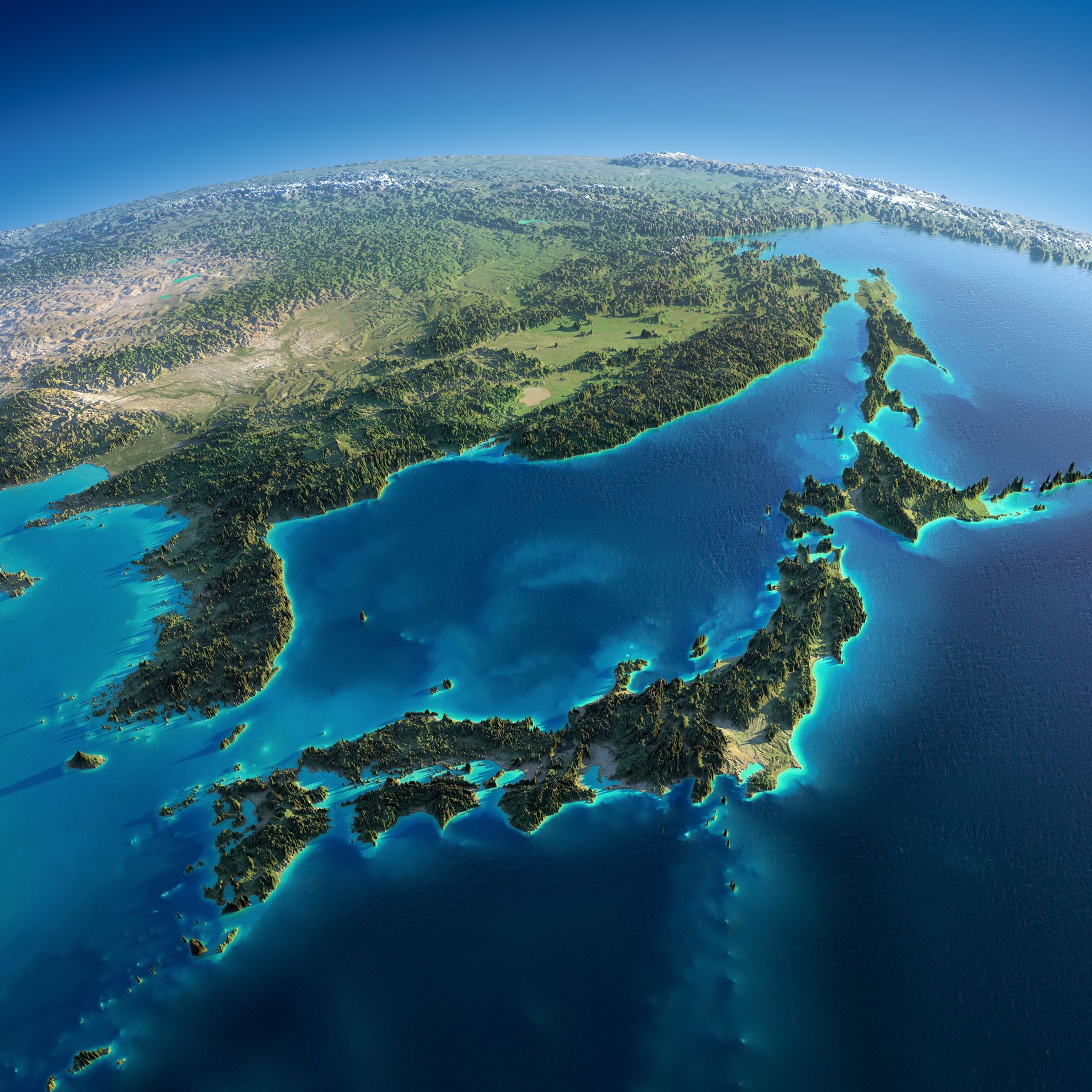We talked with Mathew Frazer from Panasonic about overheating of DSLRs and mirrorless cameras and how Panasonic deals with heat dissipation in LUMIX cameras.
Digital cameras generate heat. With resolutions, framerates, and bitrates getting constantly higher, the image processing components need to perform faster. Just like with computer components, high performance results in heat buildup. Professional cameras usually deal with the accumulated heat by incorporating one or more active fans for better air circulation.
Smaller, weather-sealed mirrorless and DSLR cameras represent quite a challenge when it comes to heat management. Recently, the topic of camera overheating got often discussed after the new Canon EOS R5 and R6 cameras got introduced. At CineD we decided to start a series of discussions about camera overheating directly with camera manufacturers – starting with Panasonic.
Cameras and Overheating – Panasonic
Our interview partner was Mathew Frazer from Panasonic US. He told us how the company tackles heat management in LUMIX cameras.
Mathew mentioned the dangers of too much heat in a camera. First of all, the image can show shading or degradation when the internals get too hot. The issue also can be that a camera overheats and shuts down without wrapping up the recorded file. In some cases, the user might end up losing the file altogether. According to Mathew, Panasonic makes sure that this never happens with LUMIX cameras.
The image sensor and image processor are two main components to generate heat in a camera. This heat needs to be taken away and it usually happens with heatsinks. When the heatsink directly touches the outer chassis of the camera, the heat gets dissipated better. Camera designers, however, have to make sure the camera body does not get too hot to potentially cause burns to its users.
Mathew mentioned how the Panasonic LUMIX S1H employs quite a unique approach. It features an active air fan at the back while still being completely weather-sealed. The new Panasonic LUMIX BGH1 (see Johnnie’s review here) also has an active cooling system.
Internal Raw and Heat
In the case of internal raw recording, Mathew considers it a misconception, that this should generate less heat. On one hand, the internal raw recording does not require image processing, so purely from this perspective, it would generate less heat than, for instance, a 10-bit H.264 format. On the other hand, raw means much larger files with a higher bitrate that requires a very high writing performance which generates heat.
Operating Temperature
When it comes to rated operating temperature, all LUMIX cameras are guaranteed to work reliably between the temperatures of 32°F to 104°F (0°C to 40°C). Some pro models like the S1H, S1, GH5, and so on are rated for even lower temperatures from 14°F to 104°F (-10°C to 40°C).

With LUMIX S5, the recording is time-limited to 30 minutes. The reason behind this is the potential failure in certain temperatures. Panasonic did not want the camera to overheat in hot environments, so they employed the time recording limit. Finally, Mathew told us that Panasonic is following quality assurance industry standards when it comes to operating temperatures.
If you like to learn more about the Panasonic LUMIX lineup of mirrorless cameras, please make sure to watch Johnnies review of the LUMIX S1H here and his thoughts on the LUMIX S5 here. Furthermore, Gunther has conducted a CineD lab test on the S1H over here and a lab test on the LUMIX S5 as well. And regarding Panasonics latest offering, the BGH1 camera, you can find Johnnies first look here and Gunthers CineD lab test over here.
Did a camera ever limit you on a shoot because of overheating? What is your opinion on the topic? Do you want to see more interviews about overheating with other manufacturers? Let us know in the comments underneath the article.












